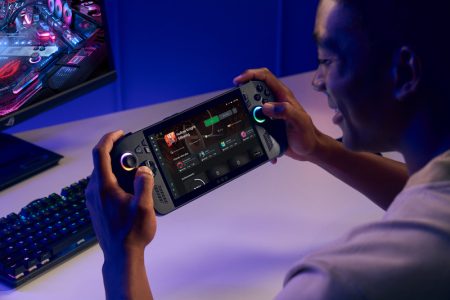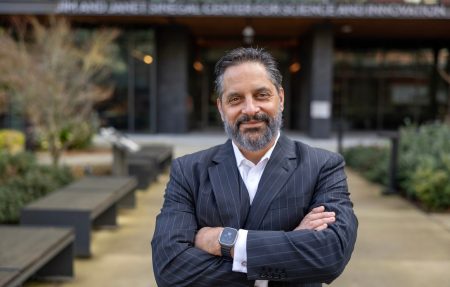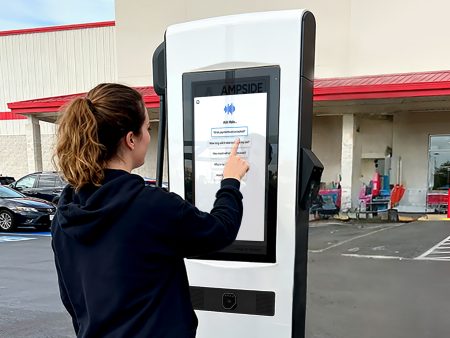Seattle Middle School Implements “Devices Away for the Day” Policy Amid Growing Concerns About Technology Distractions
In a thoughtful response to the growing concern about technology’s impact on education, Seattle’s Whitman Middle School is introducing a new “Devices Away for the Day” policy when students return to class next week. The Crown Hill neighborhood school, which serves grades six through eight, will join the nationwide movement to create phone-free learning environments that foster better academic outcomes and healthier social interactions among students. Principal John Houston recently shared the details with parents through a newsletter, outlining a comprehensive approach to managing smart devices during school hours.
The new policy is straightforward but comprehensive: all smartphones, smartwatches, and similar devices must be turned off before students enter the school building and remain stored in backpacks or lockers throughout the entire day. This restriction applies to all school environments – classrooms, hallways during passing periods, and even the lunchroom. Students who need to contact family members during school hours will be directed to use phones in the main office or counseling center, where they can make private calls. For parents needing to reach their children, the school asks them to call the office directly, where staff will relay messages to students. The school has also established a graduated response to violations, beginning with confiscating devices until the end of the day and potentially escalating to parent conferences to address repeated issues.
This policy didn’t emerge overnight or without careful consideration. Principal Houston noted that a teacher survey revealed an overwhelming 85% of staff reported phones were problematic at Whitman, negatively affecting both learning and social dynamics among students. Rather than making a unilateral decision, the school’s leadership team formed a committee to research best practices from other institutions. They engaged with the school’s student government and parent-teacher association to gather ideas and address concerns, while also directly surveying students to incorporate their perspectives. This collaborative approach demonstrates the school’s commitment to implementing meaningful change while respecting the voices of all stakeholders in the educational community.
Whitman’s initiative reflects a broader trend as educational institutions respond to mounting evidence about the harmful effects of constant digital connectivity on young people. Across the United States, more school districts and even entire states are implementing policies that restrict or completely ban smart devices in educational settings. This movement isn’t limited to America – South Korea recently passed legislation prohibiting smartphones and other digital devices in classrooms nationwide. The Washington Office of Superintendent of Public Instruction reported that 75% of districts will have implemented policies limiting smart device use during class time by the start of this school year. Within Seattle itself, two other public middle schools – Hamilton International and Robert Eagle Staff – introduced more structured restrictions last year using Yondr pouches, which physically secure phones during school hours and can only be unlocked by staff or at designated stations when the day concludes.
While individual Seattle schools like Whitman are taking proactive steps, Seattle Public Schools (SPS) as a district has not yet implemented any new district-wide cellphone policy for the 2025-26 academic year. Instead, they’re allowing schools to develop approaches tailored to their specific communities and educational environments. A district spokesperson explained to GeekWire that SPS is continuing to advance its “Student Cellphone and Personal Technology Policy initiative,” which aims to create equitable, focused, and wellness-centered learning environments across all district schools. Throughout Fall 2025, the district plans to engage various stakeholders – including students, staff, families, and community members – through listening sessions, surveys, and committee discussions to inform a comprehensive approach to technology management in schools.
The tension between embracing technology’s educational potential while mitigating its distractions represents one of education’s most significant current challenges. Schools like Whitman are at the forefront of finding this balance, recognizing that while digital literacy remains crucial for students’ future success, the constant presence of personal devices can significantly undermine learning and social development. By implementing thoughtful, community-informed policies that create boundaries around technology use, these schools are creating spaces where students can develop both the focus needed for academic achievement and the interpersonal skills essential for their overall wellbeing. As more data emerges about the effectiveness of these approaches, districts nationwide will likely continue refining their strategies for helping students develop healthy relationships with technology while maximizing educational outcomes.














